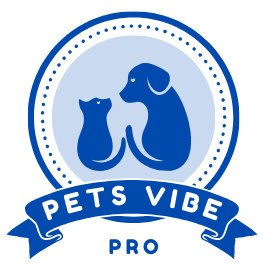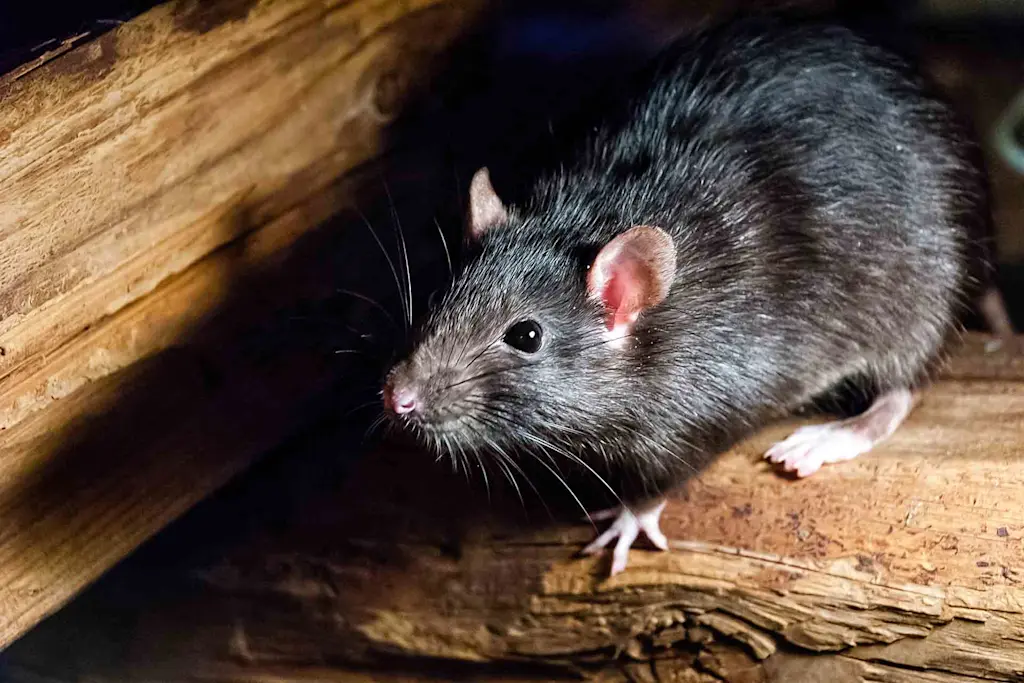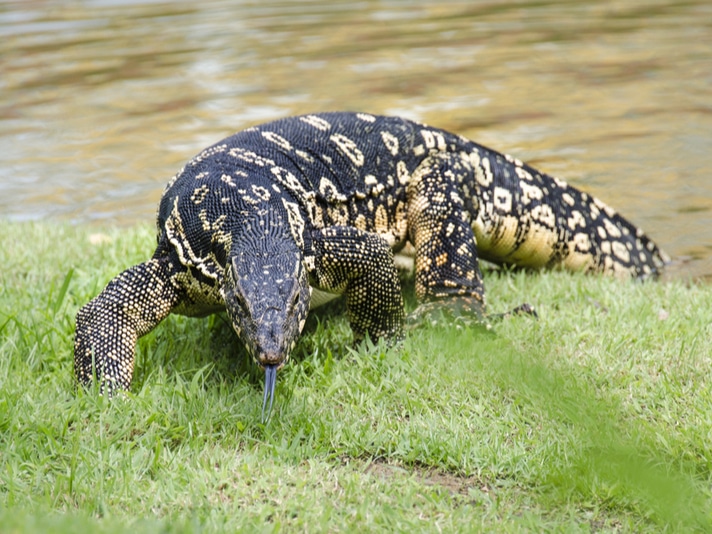Choosing the right diet for your dog or cat is crucial for their health and well-being. With so many options available, understanding their nutritional needs is key to making an informed decision. Here’s a comprehensive guide to help you navigate the world of pet nutrition.
Understanding Nutritional Needs
Dogs: Omnivorous Diet
Dogs are omnivores, meaning they can thrive on a diet that includes both animal and plant-based ingredients. A balanced dog diet should include proteins, fats, carbohydrates, vitamins, and minerals. Dogs require a moderate level of protein and fat, with carbohydrates providing energy. They also need essential vitamins and minerals like calcium for strong bones and vitamin D for immune function.
Research suggests that dogs prefer diets high in fat, with studies indicating they choose to get about 41% of their calories from fat and 36% from carbohydrates1. However, when palatability is balanced, dogs tend to select a macronutrient profile with about 30% of their energy from protein, 63% from fat, and 7% from carbohydrates2.
Cats: Obligate Carnivores
Cats are obligate carnivores, requiring a diet rich in animal-based proteins. They need higher levels of protein and fat compared to dogs, along with specific amino acids like taurine, which is crucial for heart health and vision. Cats also have limited ability to synthesize certain nutrients from plant sources, making meat-based diets essential for them.
Interestingly, cats have been found to prefer carbohydrates over protein when given a choice, with some studies showing they choose to get about 43% of their calories from carbs and 30% from protein1. However, other research indicates cats naturally select diets with about 52% of their energy from protein, 36% from fat, and 12% from carbohydrates2.
Types of Diets
- Commercial Pet Foods
Commercial pet foods are convenient and widely available. They come in dry, canned, and semiosis forms. Dry foods are cost-effective and easy to store, while canned foods provide moisture and can be more palatable. Semiosis foods offer a balance between the two but are more expensive. - Home-Cooked Diets
Home-cooked diets allow you to choose ingredients, which can be beneficial for pets with allergies or specific dietary needs. However, formulating a nutritionally complete diet can be challenging, especially for cats. It’s recommended to use recipes formulated by a veterinary nutritionist to ensure your pet gets all the necessary nutrients. - Raw Meat-Based Diets (RMBDs)
Raw diets mimic the natural diet of wild animals, consisting of raw muscle meat, organ meat, and bones. Proponents argue that these diets are more bioavailable and can improve health, but there is limited scientific evidence to support these claims. Additionally, raw diets carry risks of bacterial contamination5. - Vegan Diets
Vegan diets for dogs and cats are controversial due to concerns about nutritional deficiencies, particularly in amino acids like taurine and vitamins such as B124. While some studies suggest vegan diets can be safe if properly formulated, there is limited scientific evidence, and a cautious approach is recommended47.
Special Dietary Needs
Bland Diets for Upset Stomachs
Sometimes, pets may need a bland diet to recover from digestive issues like vomiting or diarrhea. For dogs, a bland diet typically includes boiled chicken and rice, while cats require a meat-based diet with poached fish or chicken. These diets are temporary and should be transitioned back to regular food once the pet recovers.
Dietary Restrictions and Allergies
Some pets may have food allergies or sensitivities, requiring special diets. Common allergens include beef, dairy, and wheat. If you suspect your pet has an allergy, consult with your veterinarian to determine the best course of action.
Choosing the Right Food
Consider Age, Lifestyle, and Breed
• Puppies and Kittens: Require more protein and calories for growth.
• Adult Pets: Need a balanced diet that supports maintenance.
• Senior Pets: May require less protein and calories, with added supplements for joint health.
• Breed-Specific Needs: Some breeds have unique nutritional requirements due to their size or genetic predispositions.
Quality of Ingredients
Look for foods with high-quality protein sources (e.g., chicken, salmon) and avoid fillers like corn or wheat. Ensure the food is formulated to meet your pet’s specific nutritional needs.
Environmental Impact of Diets
The environmental impact of pet diets is becoming increasingly important. Wet diets, for example, tend to have a higher environmental impact due to their higher energy and resource requirements compared to dry diets3. Homemade diets can vary significantly in their environmental footprint, depending on the ingredients used.
Tips for Feeding Your Pet - Provide Fresh Water
Always ensure your pet has access to plenty of fresh water. Dehydration can lead to serious health issues. - Monitor Food Intake
Keep track of how much your pet eats to prevent overfeeding, which can lead to obesity and related health problems. - Avoid Over-Supplementation
Unless recommended by a veterinarian, avoid adding supplements to your pet’s diet. Over-supplementation can lead to nutrient imbalances. - Rotate Foods Occasionally
Rotating between different protein sources can help prevent food sensitivities and keep your pet’s diet interesting.
Conclusion
Choosing the best diet for your dog or cat involves understanding their nutritional needs and selecting a food that meets those requirements. Whether you opt for commercial, home-cooked, or raw diets, ensure it is balanced and complete. Always consult with your veterinarian for personalized advice tailored to your pet’s specific needs.



